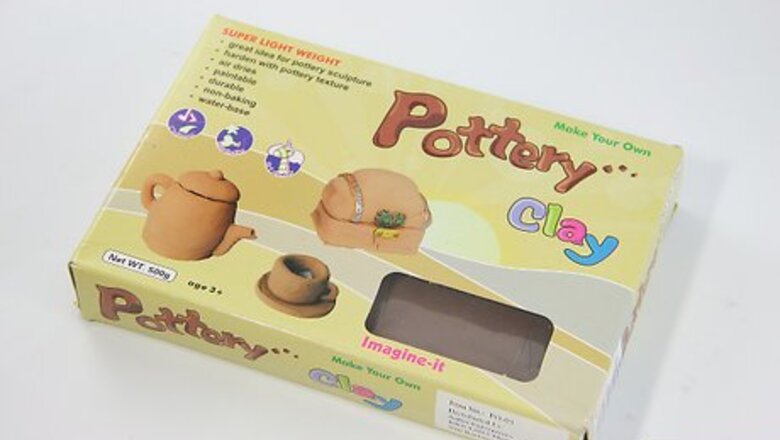
views
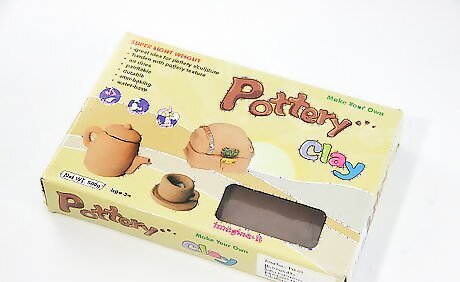
Purchase a quality clay. Find a clay that is soft enough to shape with ease. It should be hard enough that it won't stick to your hands when you draw them away from the clay. The clay should be consistent in color.
Select a porous kneading surface. Thick canvas cloth or dry concrete are suitable kneading surfaces. Canvas will keep the clay from sticking to tables and other surfaces. Ensure that the surface is clean, and is at a height that will allow you to be comfortable when pressing down on the clay.
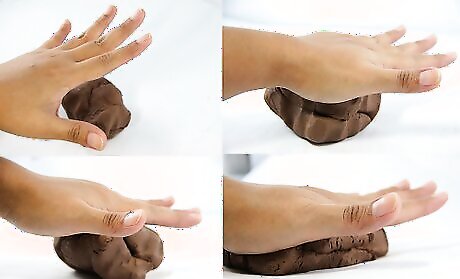
Press the clay. Throw the clay down forcefully onto the kneading surface. Bear down on the clay using the weight of your upper body. Do not flatten the clay completely. Push the clay down about halfway to the kneading surface. Draw the clay towards you. Pull the clay up into a pile. Push down on the clay until you have flattened it halfway. Ensure that you do not press the clay past the middle section of the lump. Flattening the clay completely may result in air bubbles being trapped in the clay. Continue to draw and press the clay ten times more.
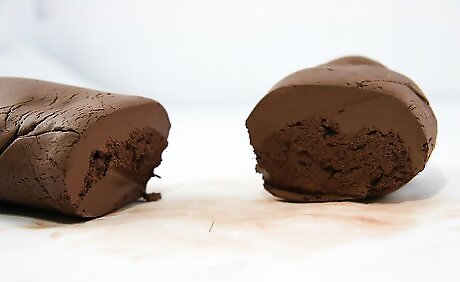
Cut the clay. Use a clay cutter to slice the lump of clay in half.
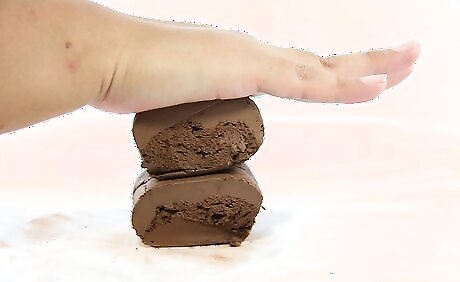
Layer the clay. Slap one cut half of clay forcefully on top of the other. Press the top half of clay into the bottom half. Ensure that you do not leave space where air may get caught between the two halves. Arrange the halves so that their cut edges are both facing out to the left or right side when pressed together. Aligning the halves of clay will help free the clay of air bubbles. Cutting the clay and rearranging the layers ensures that all parts of the clay mix together evenly.
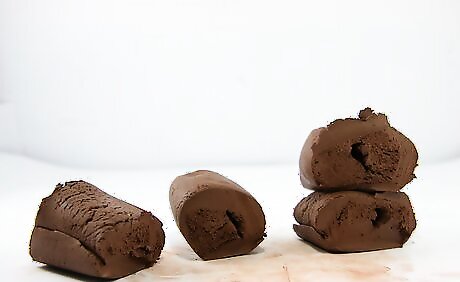
Alternate kneading the clay with cutting and layering it until you have kneaded the clay between 50 and 60 times.
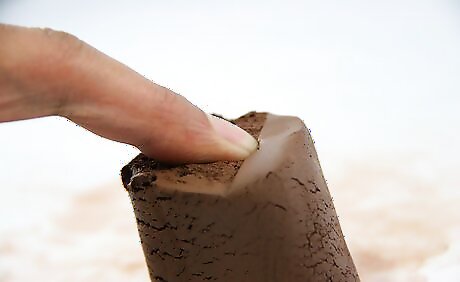
Check the clay's readiness. Cut the clay using a clay cutter. Draw your finger over the surface of the cut edge on one of the halves of clay. The clay should be smooth and should display the same texture and color throughout the ball. If there are any rigid or weak spots or obvious lumps, continue kneading the clay before sculpting it.



















Comments
0 comment